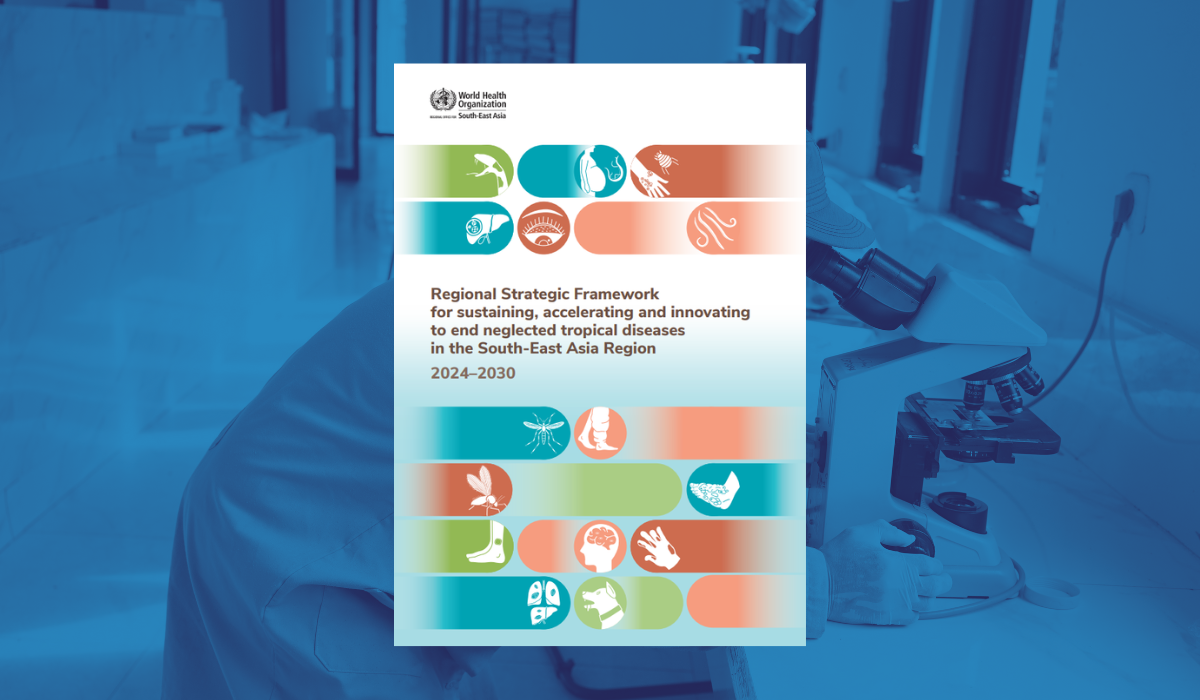 The WHO Regional Strategic Framework for sustaining, accelerating and innovating to end neglected tropical diseases (NTDs) in the South-East Asia Region 2024–2030 adopts a comprehensive, people-centred approach to end NTDs, a diverse group of conditions that are mainly prevalent among impoverished communities in tropical areas.
The WHO Regional Strategic Framework for sustaining, accelerating and innovating to end neglected tropical diseases (NTDs) in the South-East Asia Region 2024–2030 adopts a comprehensive, people-centred approach to end NTDs, a diverse group of conditions that are mainly prevalent among impoverished communities in tropical areas.
Globally, NTDs affect more than 1 billion people. An estimated 1.6 billion people require NTD interventions, both preventive and curative. In Indonesia, NTDs affect an estimated 80 million people – around 29% of the total population. Of 21 NTDs globally, 11 are endemic in Indonesia. These include lymphatic filariasis (LF), soil-transmitted helminthiasis, taeniasis, schistosomiasis, leprosy, yaws, dengue, chikungunya, scabies, rabies and venomous snake bites.
The Regional Framework promotes cross-cutting and integrated action that brings together public health programmes, governments, civil society, communities and development partners. It highlights the latest scientific evidence and gaps, incorporates lessons learned from past endeavours, and accounts for the evolving global and regional health landscape.
Across Indonesia, the Framework continues to inform NTD activities and planning. The country’s forthcoming Medium-Term Development Plan 2025-2029 prioritizes the elimination of three skin-related NTDs – LF, leprosy and yaws – and aims to control dengue and rabies.
Download the Strategic Framework here: Regional Strategic Framework for sustaining, accelerating and innovating to end neglected tropical diseases in the South-East Asia Region, 2024–2030
